How to Make Compost

by
Jeanne Grunert
(IC: blogger)
Anyone can learn how to make compost. Compost is simply organic material that has broken down into its original, nutrient-rich components. When you build a compost pile, you're making it easier for nature to take over and break down all those plant-based kitchen and garden scraps into soil. Let's take a look at how to make compost.
You will need to set aside a small area for your compost pile. You can either place the pile directly on the ground, or build a compost bin. Simple compost bins can be made by piling bricks or cinder blocks into a square shape. You can also transform old wood pallets into a frame. Nail or staple chicken wire over the frame to contain the compost.
I'm baring all here and showing you my compost pile! It's ugly, but it does the trick. I piled cinder blocks into the retaining wall; the blocks were left over from my house's construction. I add kitchen scraps, grass clippings and leaves to the pile, as you can see. New material is added to the left. In the spring and fall, I dig or "turn" the pile so that the older, ready to use compost is at the top. I pile the ready materials to the right so that they are available for garden use quickly.
To start your compost pile, it is best to layer clean weed free straw, grass clippings and leaves, along with kitchen scraps, into the bin. As time goes by, you can continue adding these materials. I keep a small compost bin container in my kitchen and add vegetable scraps to it throughout the day; in the evening, I walk it out to the pile and dump it into the main pile. Whenever you are cooking, as I was doing the day I snapped the picture, above, add vegetable peels to your compost pile.
Fruit peels and cores of all sorts can be added to your compost bin: apple, pear, citrus fruit and more. Plants you can safely add to a compost pile include fruit and vegetable peels and cores; grass clippings; leaves raked from the garden in the fall; used straw bales. Avoid tossing weeds into the compost pile, as these can add weed seeds to the compost that you don't want to spread in the garden. Hay can also be filled with seeds. I avoid adding spent vegetable and flower plants from my garden to the compost pile so that I do not accidentally spread diseases. Do not add meat, bones or kitchen scraps with fat or meat on them as they attract vermin. You can add cow, horse, goat, sheep or rabbit manure to the compost pile, but do not add cat or dog feces - these can add parasites and attract animals to the pile, which you do not want.
For wonderful fruits, vegetables, flowers and herbs, add plenty of well-aged compost to your garden each spring. Well-aged compost is dark brown or black and crumbly, like devil's food cake. And if you see worms, rejoice; they're great for the garden. Happy gardening!
Enjoyed the project?

Want more details about this and other DIY projects? Check out my blog post!
Published February 18th, 2015 11:49 AM



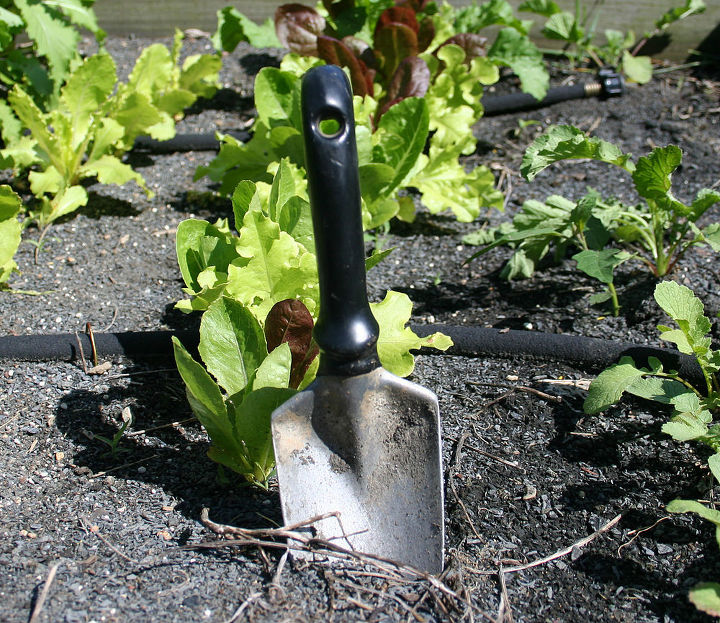




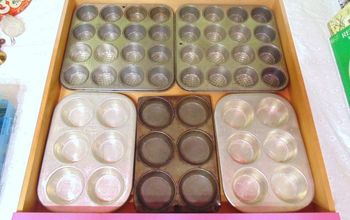
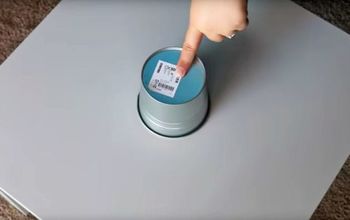



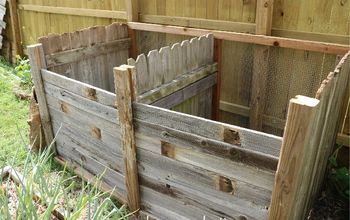
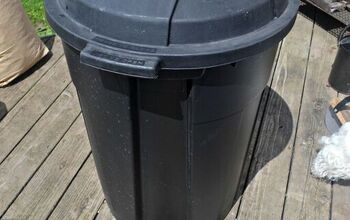

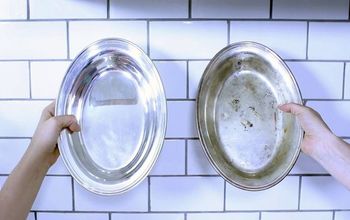

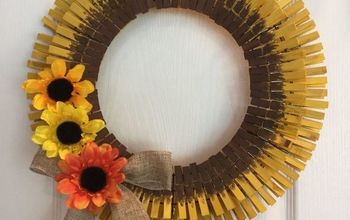
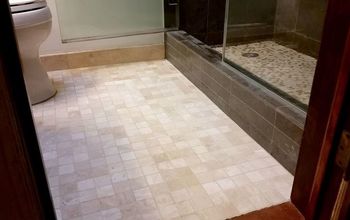

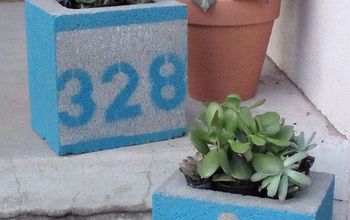


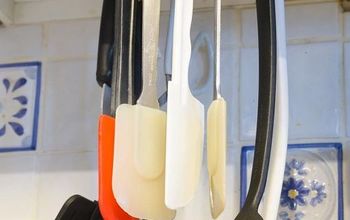
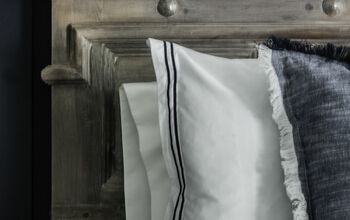



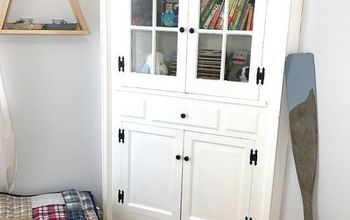
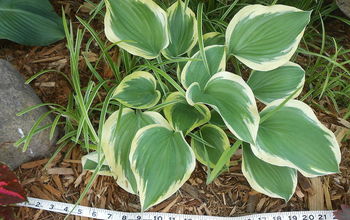
Frequently asked questions
Have a question about this project?